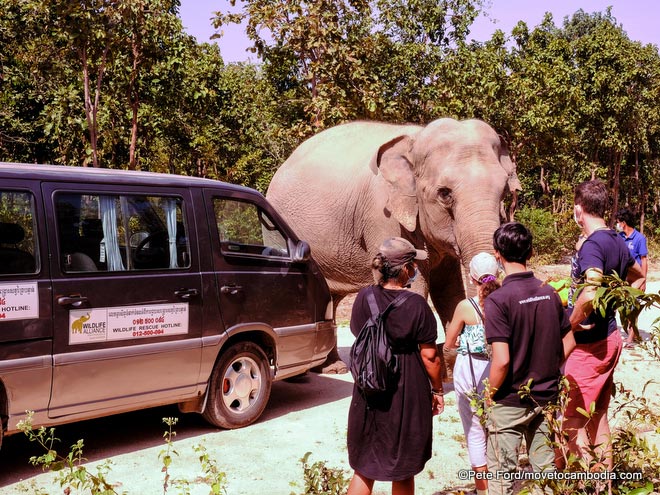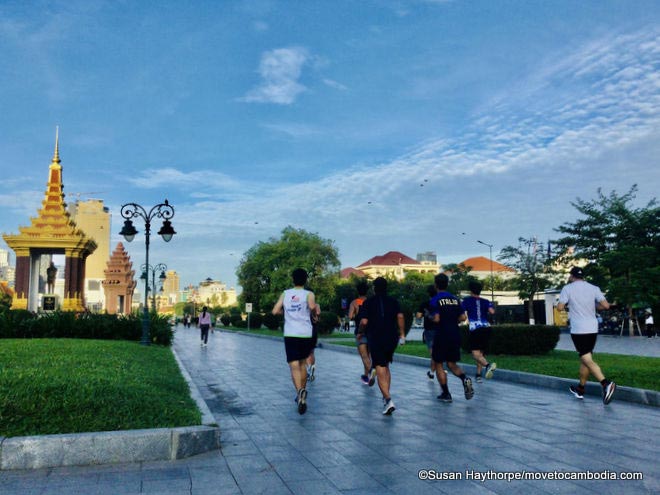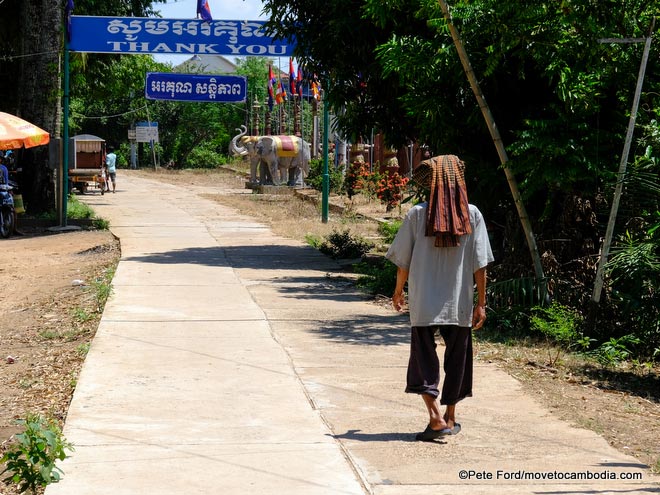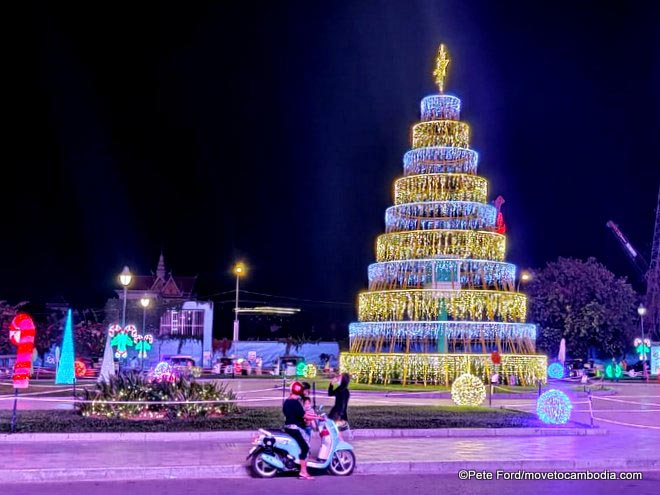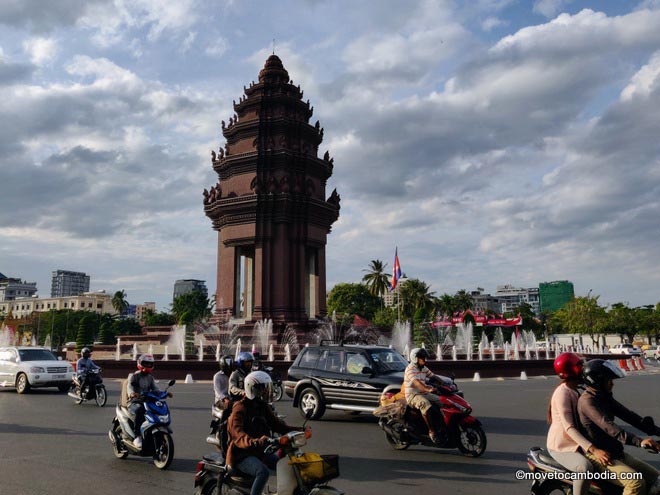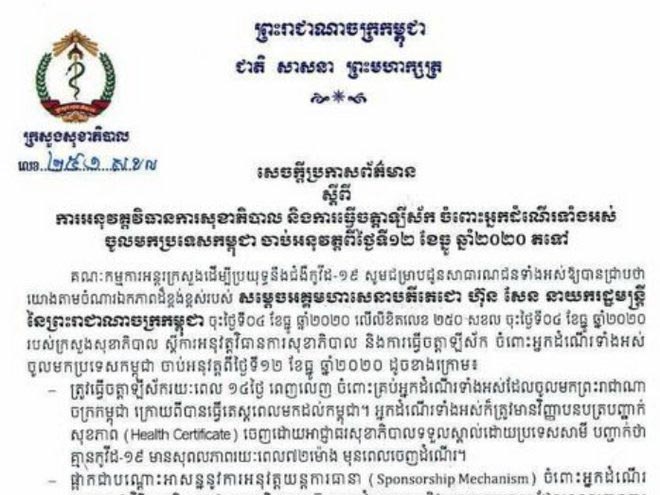Whether you travel by moto, car, or tuk tuk, you can’t miss the delectable cooking aromas that greet you in every corner of Cambodia. But Cambodian food is not well known elsewhere in the world, and neither is Khmer, the local language. So both novice tourists and experienced travelers, seeing the daunting array of street food stalls and restaurants of all kinds and sizes, may wonder how to best sample the Kingdom of Wonder’s wonderful cuisine. Enter Siem Reap Food Tours.

Checking out the monks making their morning rounds with Siem Reap Food Tours.
If you are looking for help navigating the wealth of eating options Siem Reap, Siem Reap Food Tours offers vast knowledge of the town and the surrounding countryside, lots of tasty options, and a little bit of hand-holding as well if it’s needed. Continue reading
